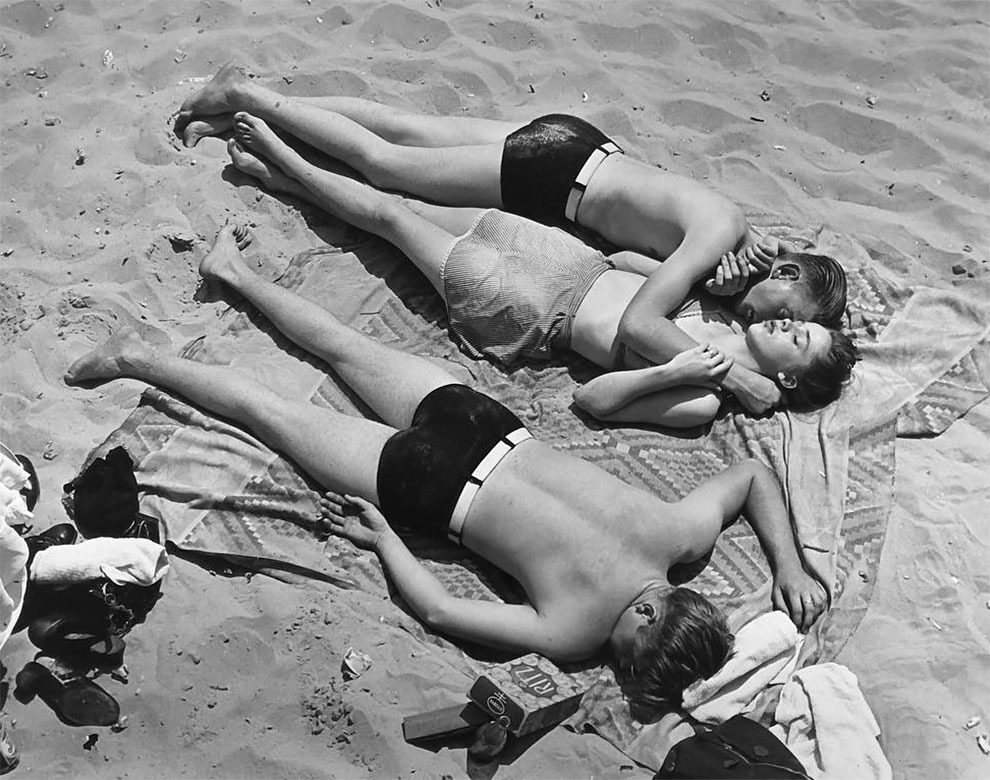Exploring Post-WWII Life In New York Through Captivating Street Photos
New York City has always been a place of contrasts, but perhaps no time captured its spirit of transformation more than the years following World War II.
Photographer Todd Webb, an unassuming yet extraordinary street photographer, preserved these moments with his lens. His work, now celebrated in two concurrent exhibitions, brings to life a city emerging from the shadows of war and finding its new identity in the modern world.
Webb’s images, taken between 1945 and 1960, offer a unique window into everyday New York—its bustling streets, quiet corners, and the resilient people who lived there.
Through his photographs, we see not just a city, but the human stories that defined post-war American life.
A City On The Edge Of Change
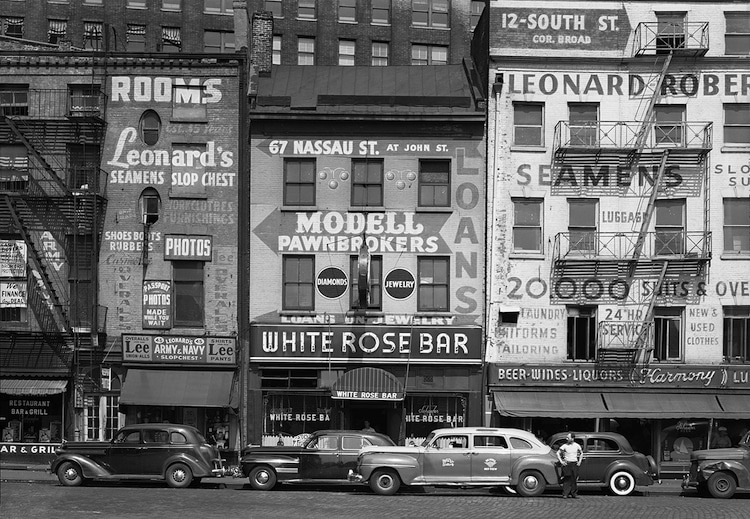
New York in the late 1940s was a city on the verge of transformation. The war was over, soldiers were returning, and the economy was beginning to boom. Webb’s photographs capture this pivotal time, showing a city in transition.
The streets are filled with activity, from vendors peddling their wares to children playing in the streets, all against the backdrop of a city that was shedding its old skin to emerge as a modern metropolis.
Todd Webb: The Eye Behind The Lens
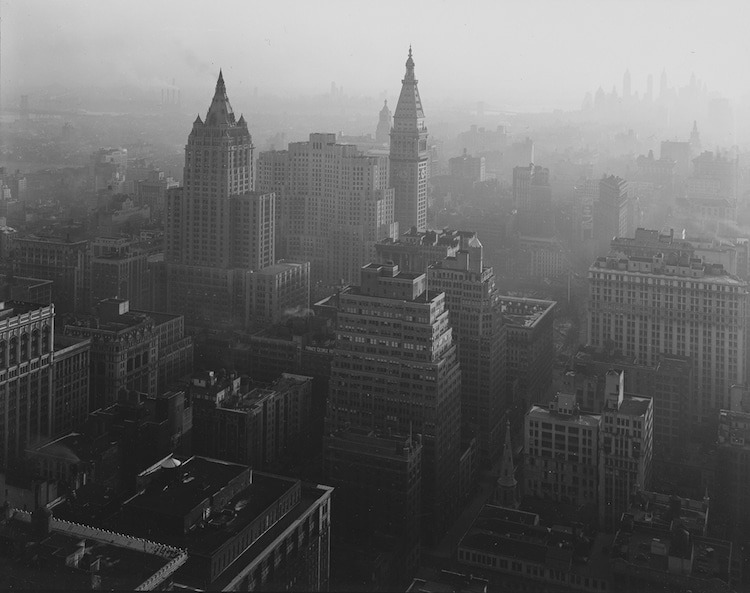
Born in 1905, Todd Webb had a life filled with adventure long before he picked up a camera.
After losing everything in the Stock Market Crash of 1929, Webb spent years prospecting for gold before finally returning to Detroit, where he discovered photography in 1938.
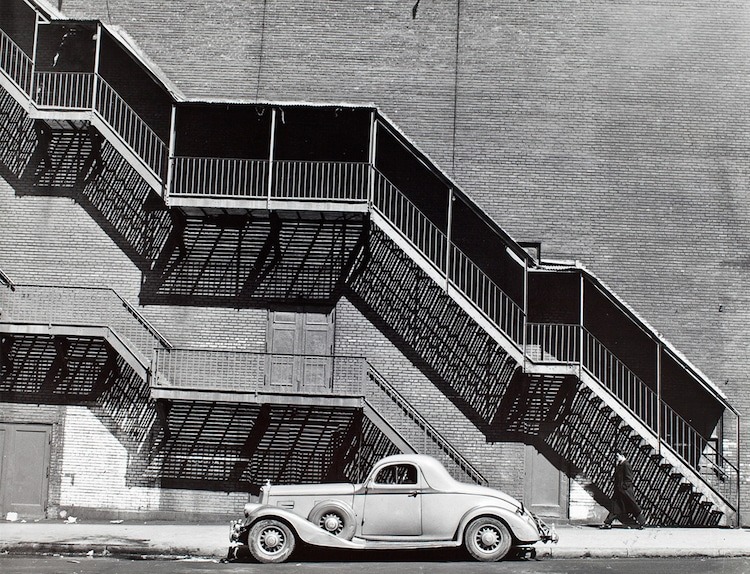
His talent was quickly recognized, and after serving as a Navy photographer during World War II, Webb moved to New York City in 1946 to pursue his passion.
His first solo exhibition at the Museum of the City of New York, held just a year later, solidified his place in the world of photography. Walker Evans and Alfred Stieglitz, giants in the field, were quick to acknowledge Webb’s mastery.
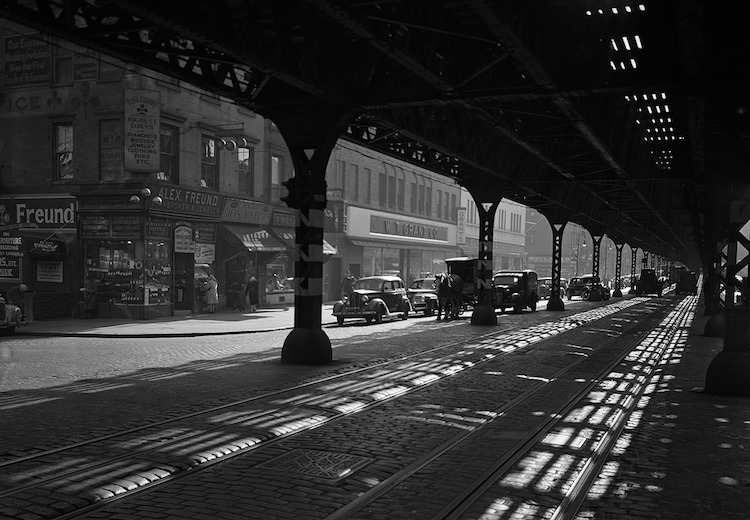
A press release from his exhibition stated, “He works with swift precision, directly and honestly recording what he sees… his straightforward, unmanipulated contact prints convey a maximum sense of authenticity.”
Stunning Photos Capturing The Spirit Of Post-War New York
1. Children playing in water sprayed from open fire hydrant, Upper West Side, New York
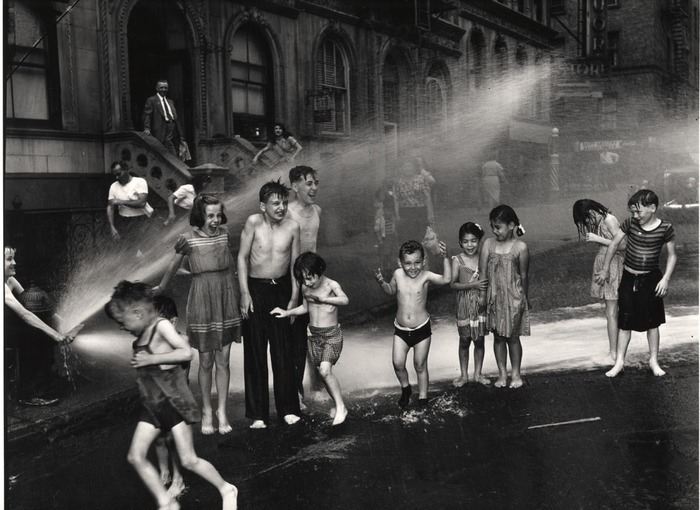
2. LaSalle Street and Amsterdam Avenue, Harlem, New York, 1946
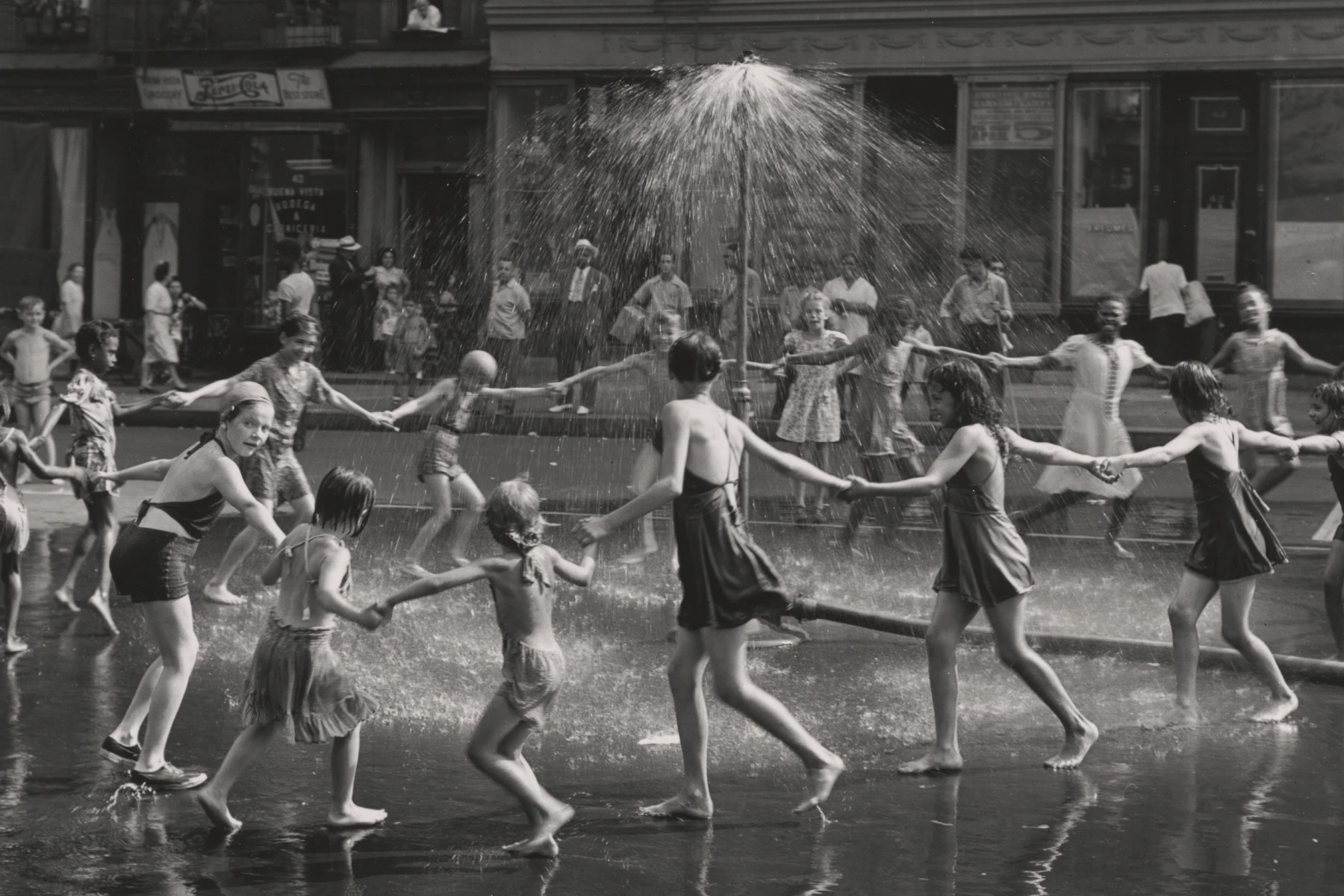
3. PROUD…Peanut Man
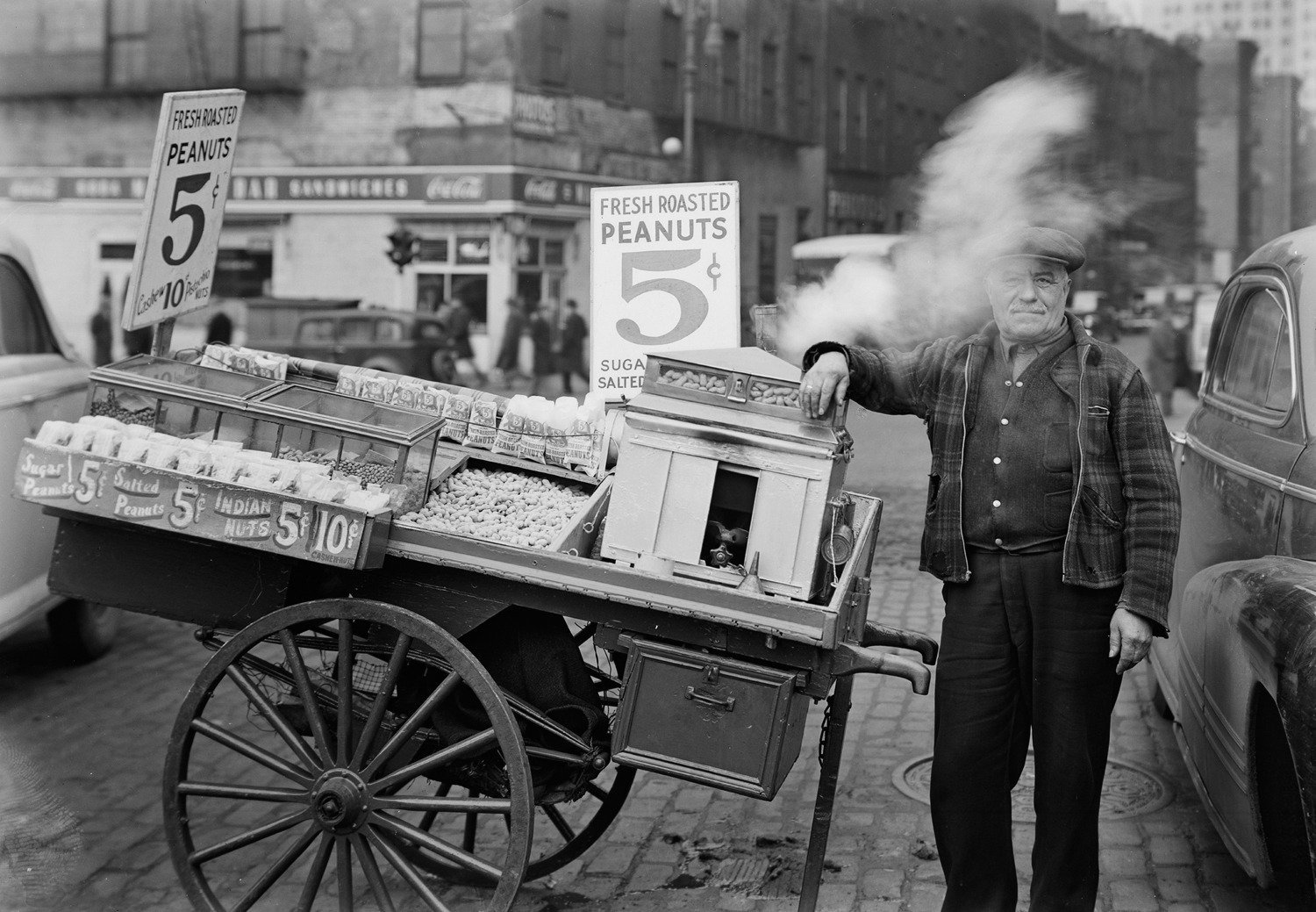
4. TEEMING…Suffolk and Hester
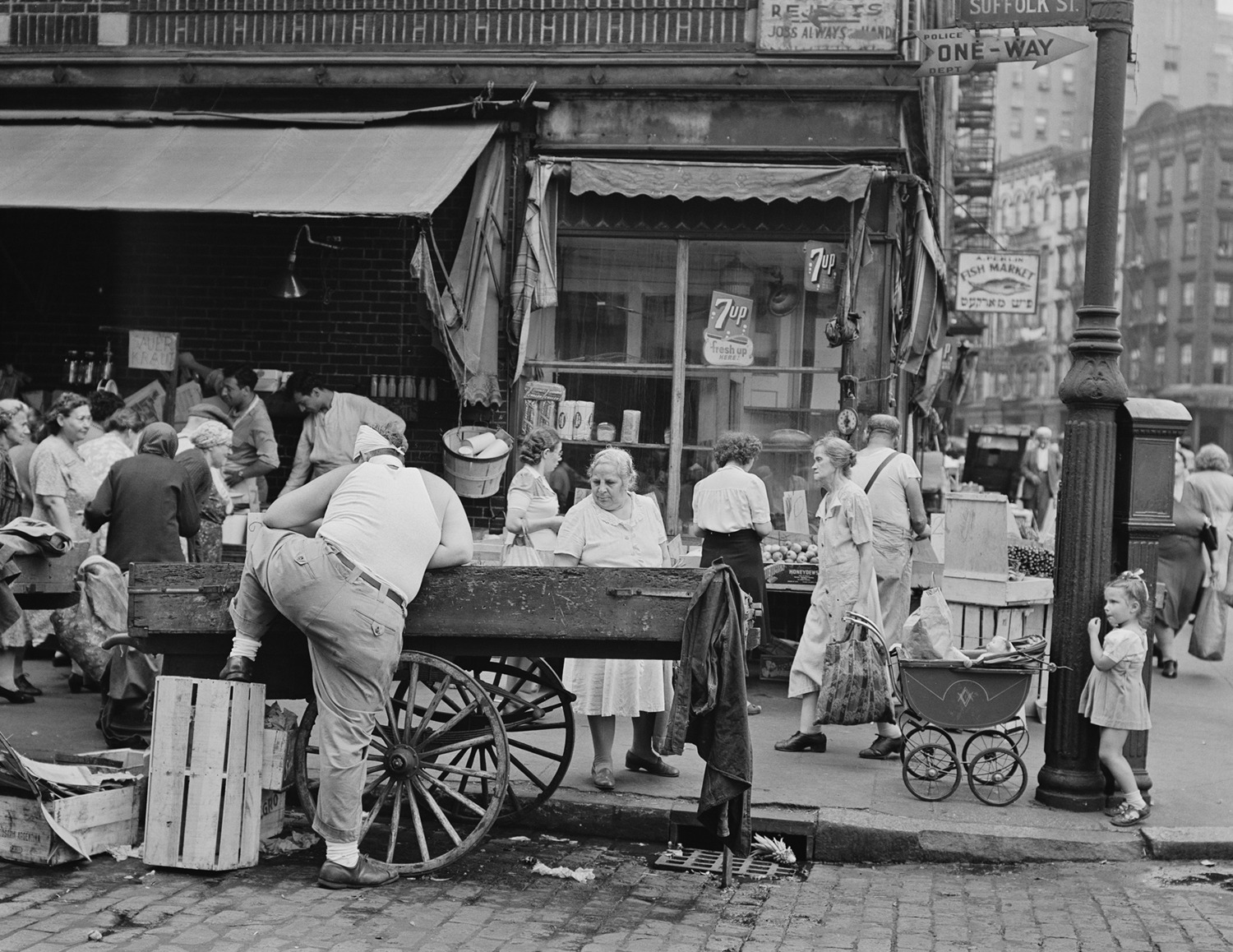
5. STICK ‘EM UP…boys with toy guns
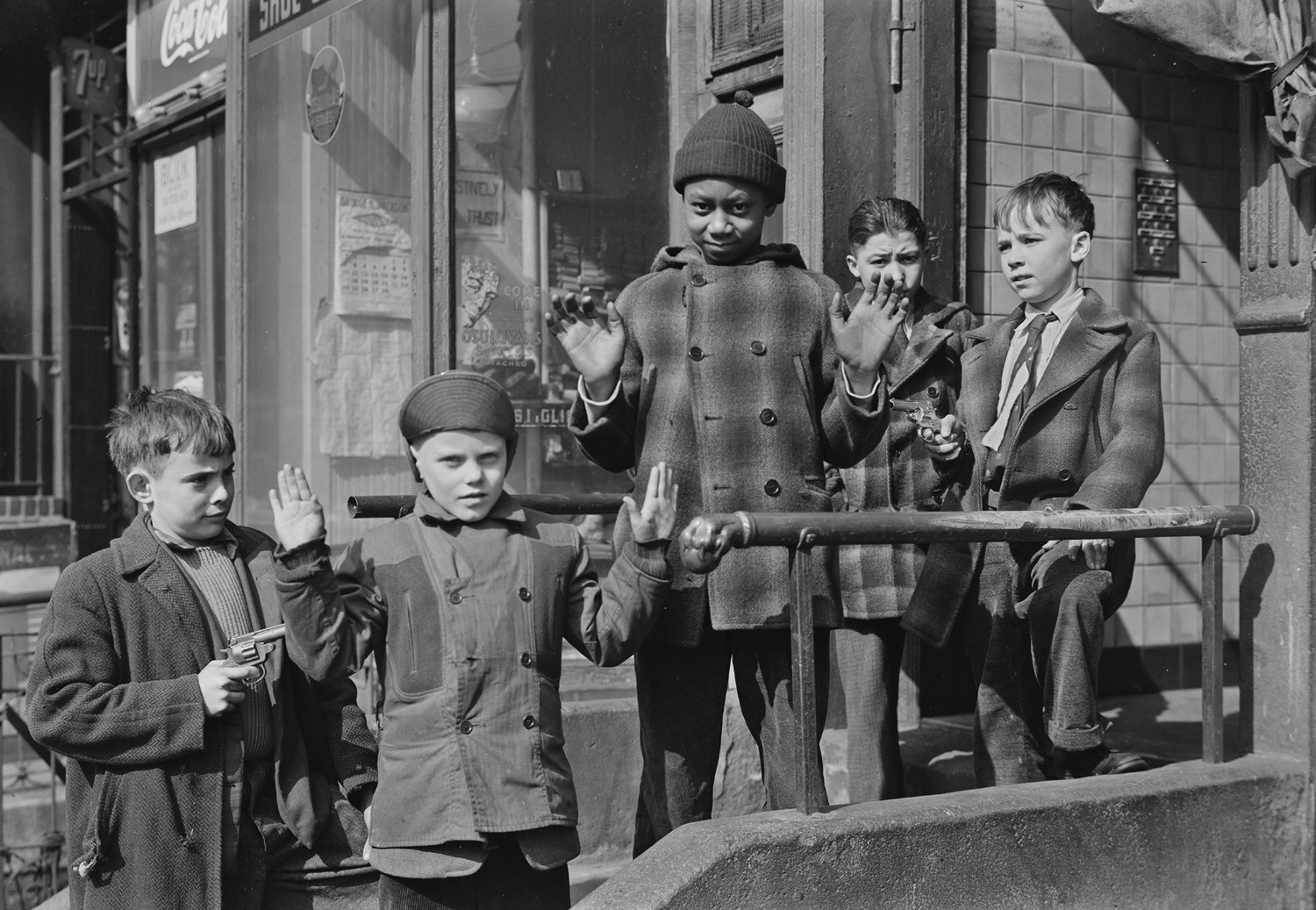
6. ‘NONCHALANT’…5 boys in Harlem
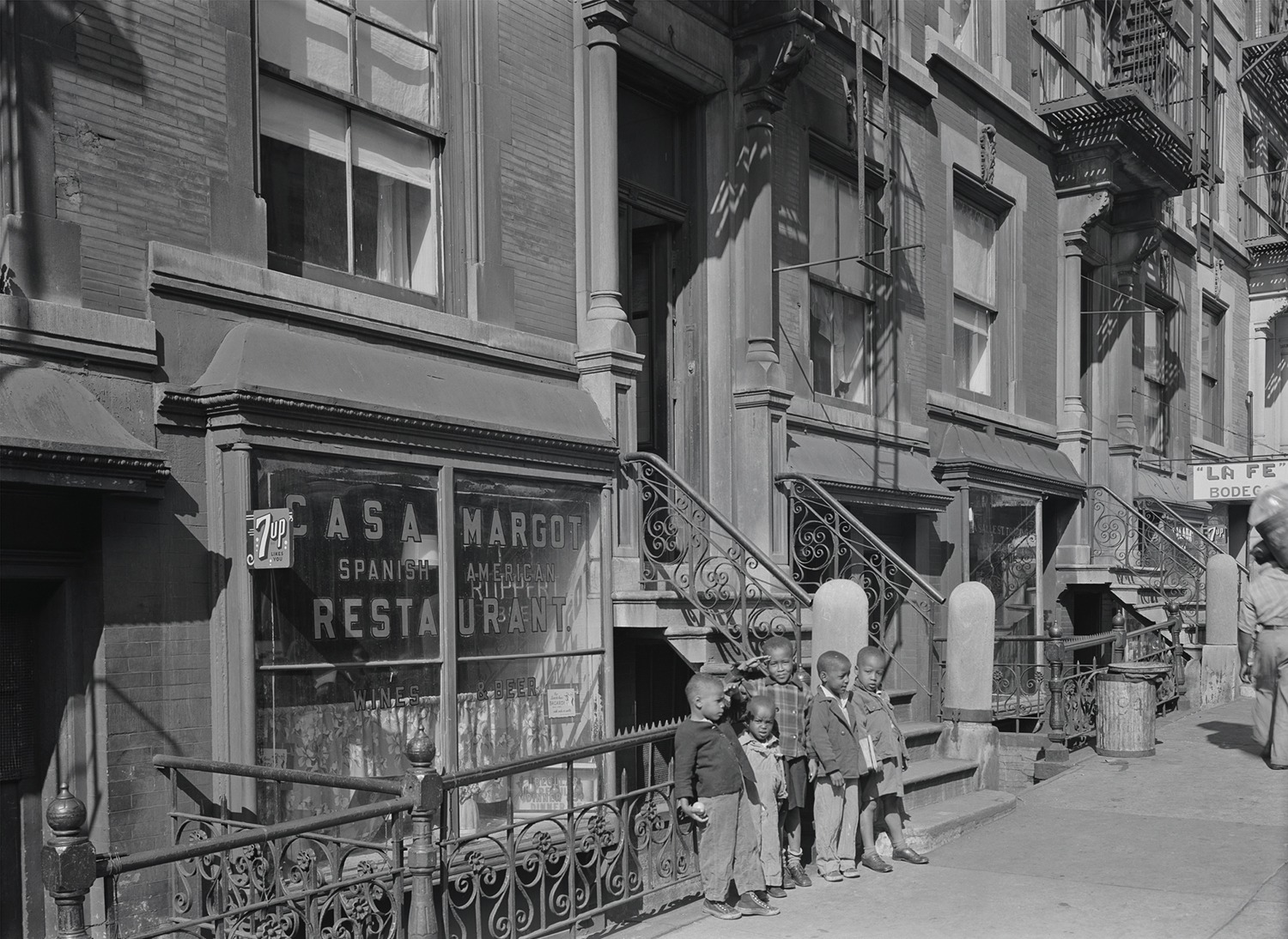
7. Near Fulton Fish Market (Four Boys), 1946
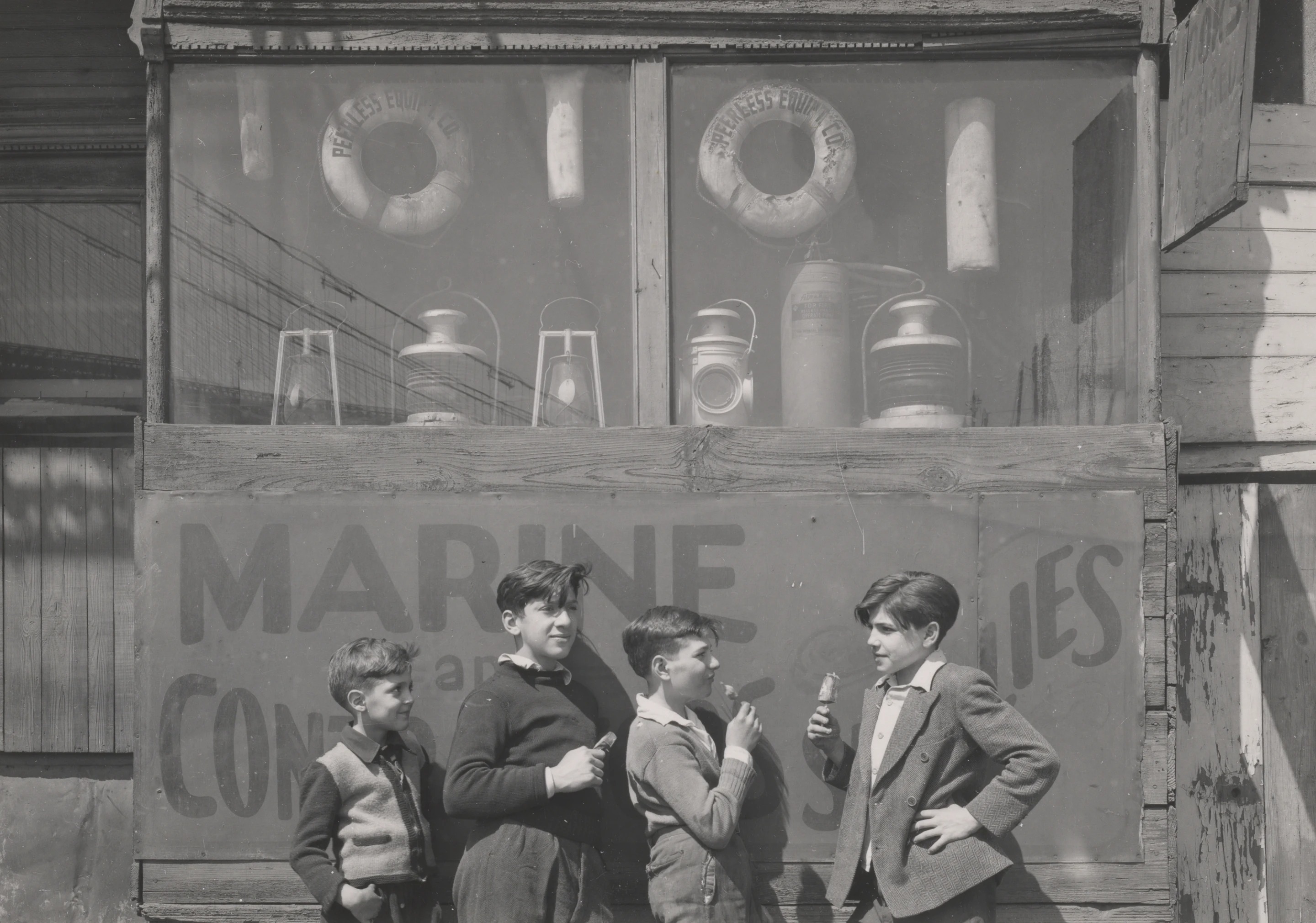
8. Lexington Avenue, Near 110th Street, Harlem, 1946
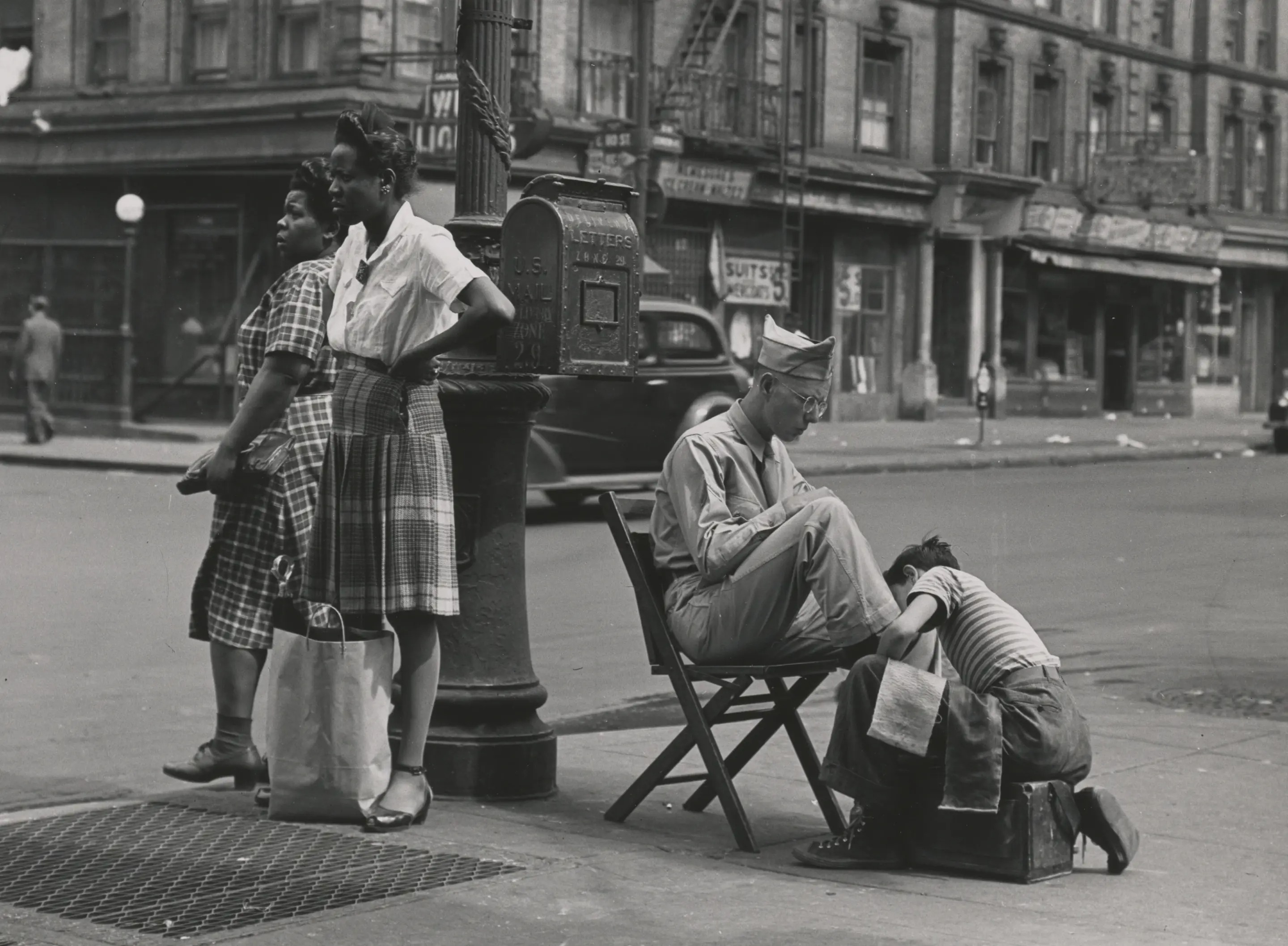
9. Fulton Fish Market Wharf, 1946
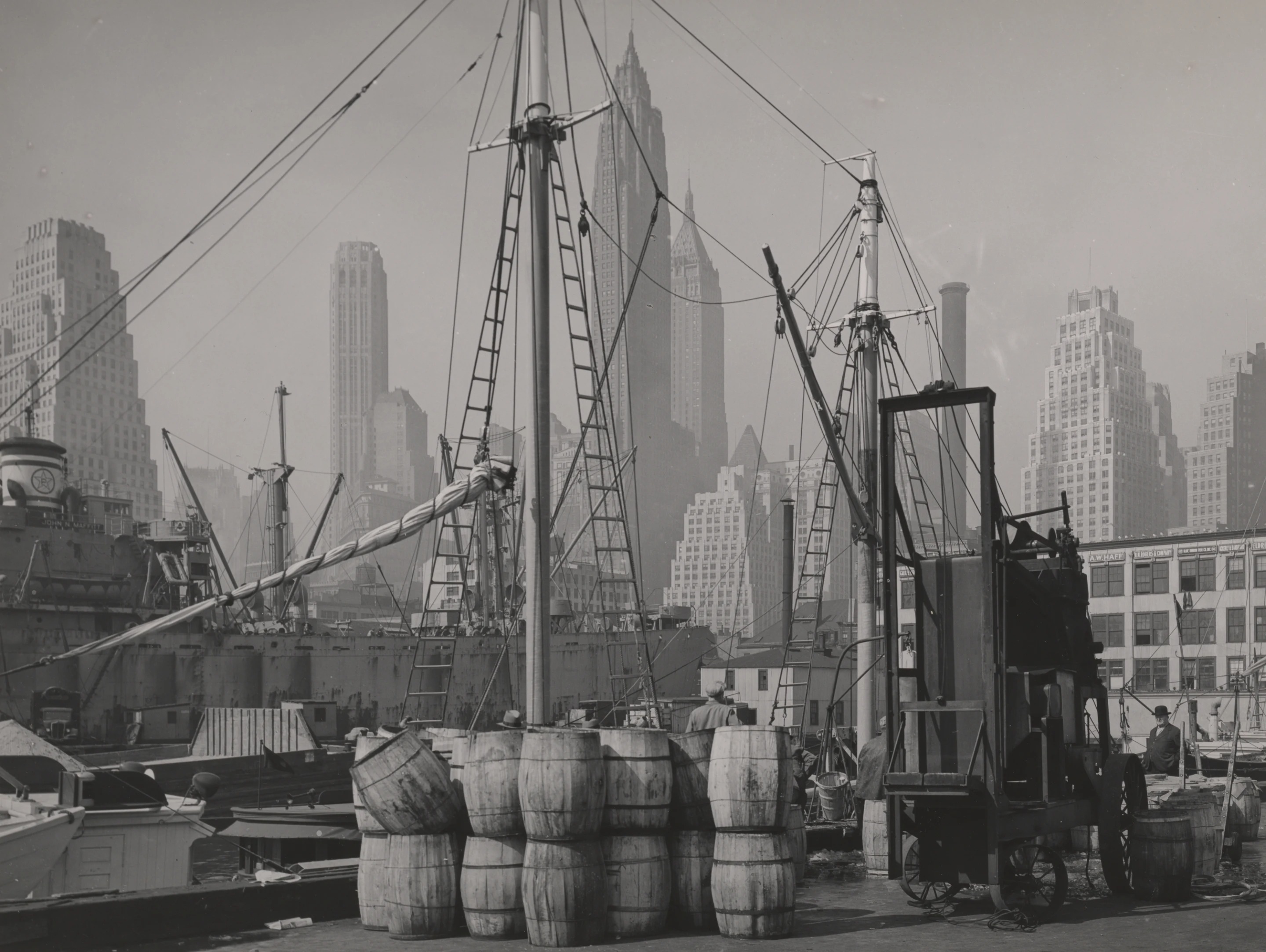
10. 125th Street, Harlem, New York, 1946
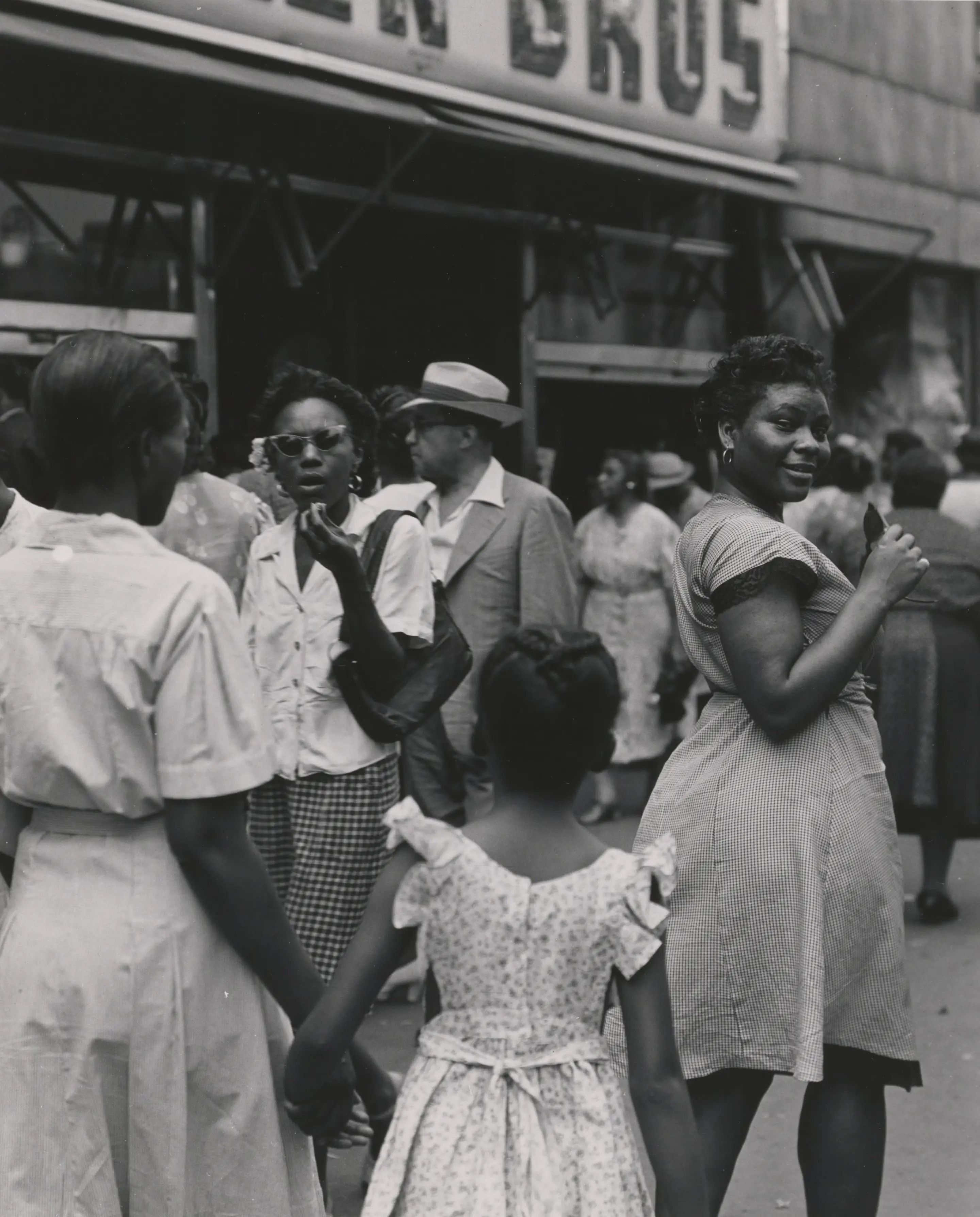
11. 3rd Avenue from 42nd Street El Station, New York, 1945

12. Mazie, Queen of the Bowery, New York, 1946
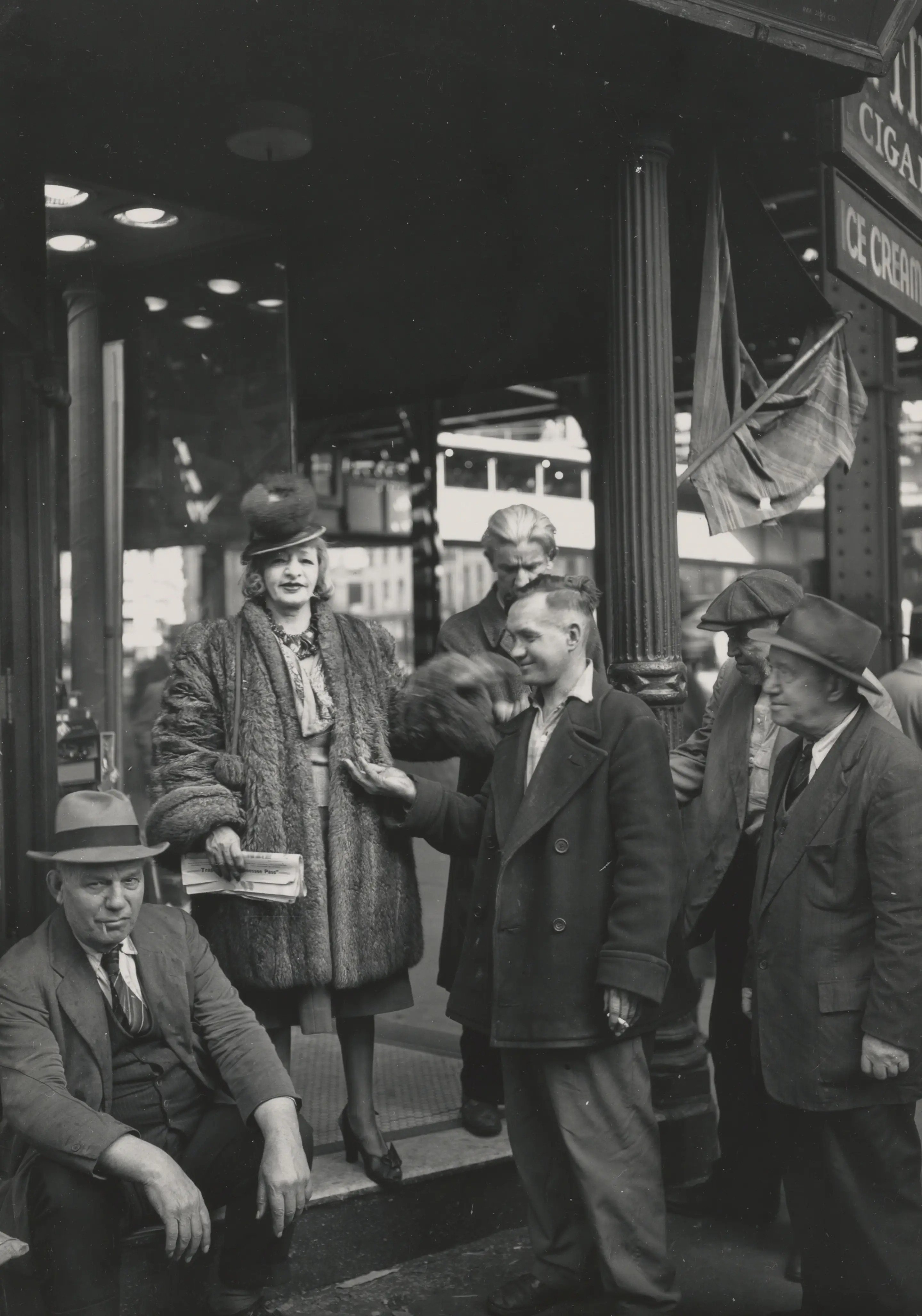
13. 125 Street and Broadway (Summer Streetcar), Harlem, New York, 1946
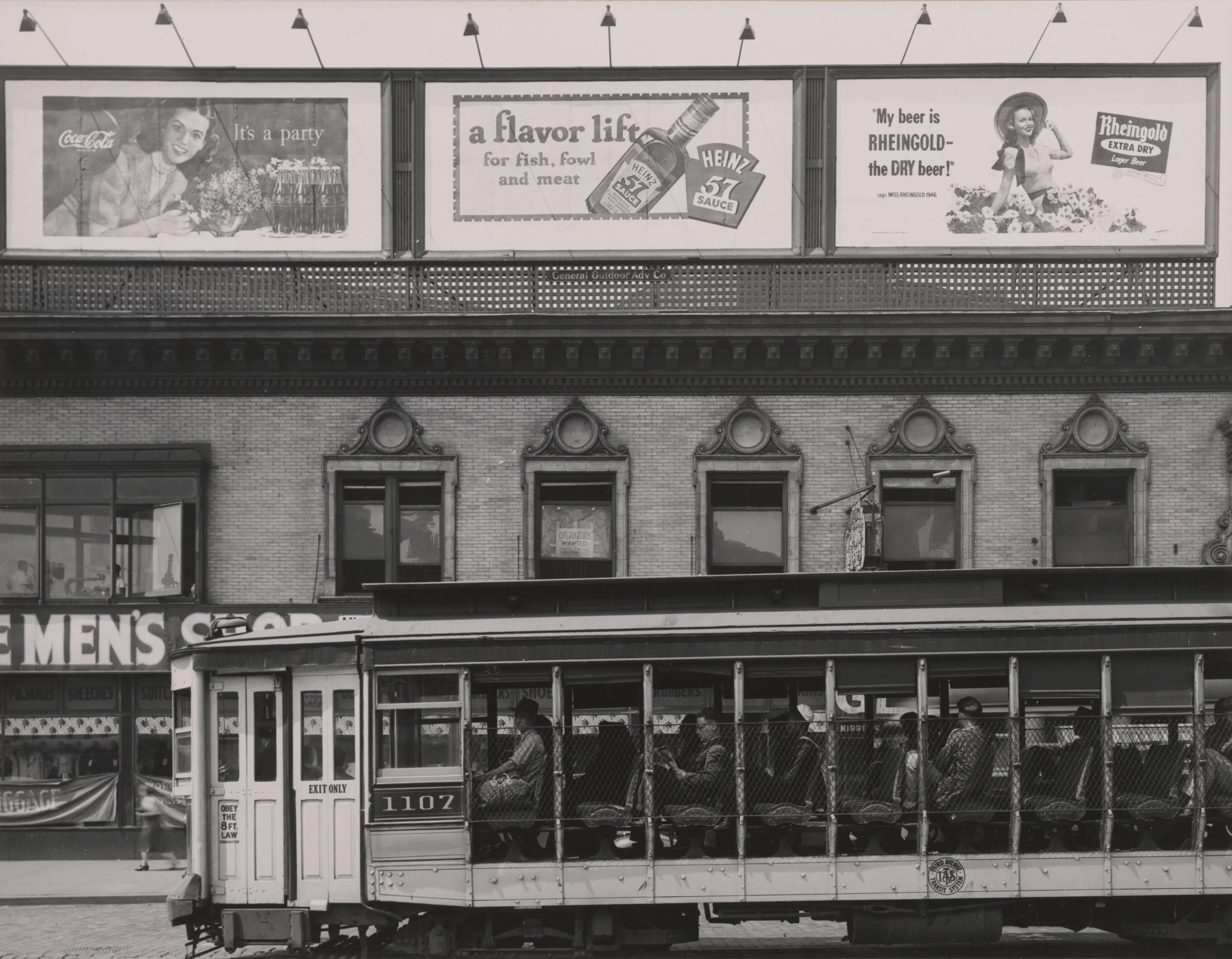
14. Dreaming of summer!
